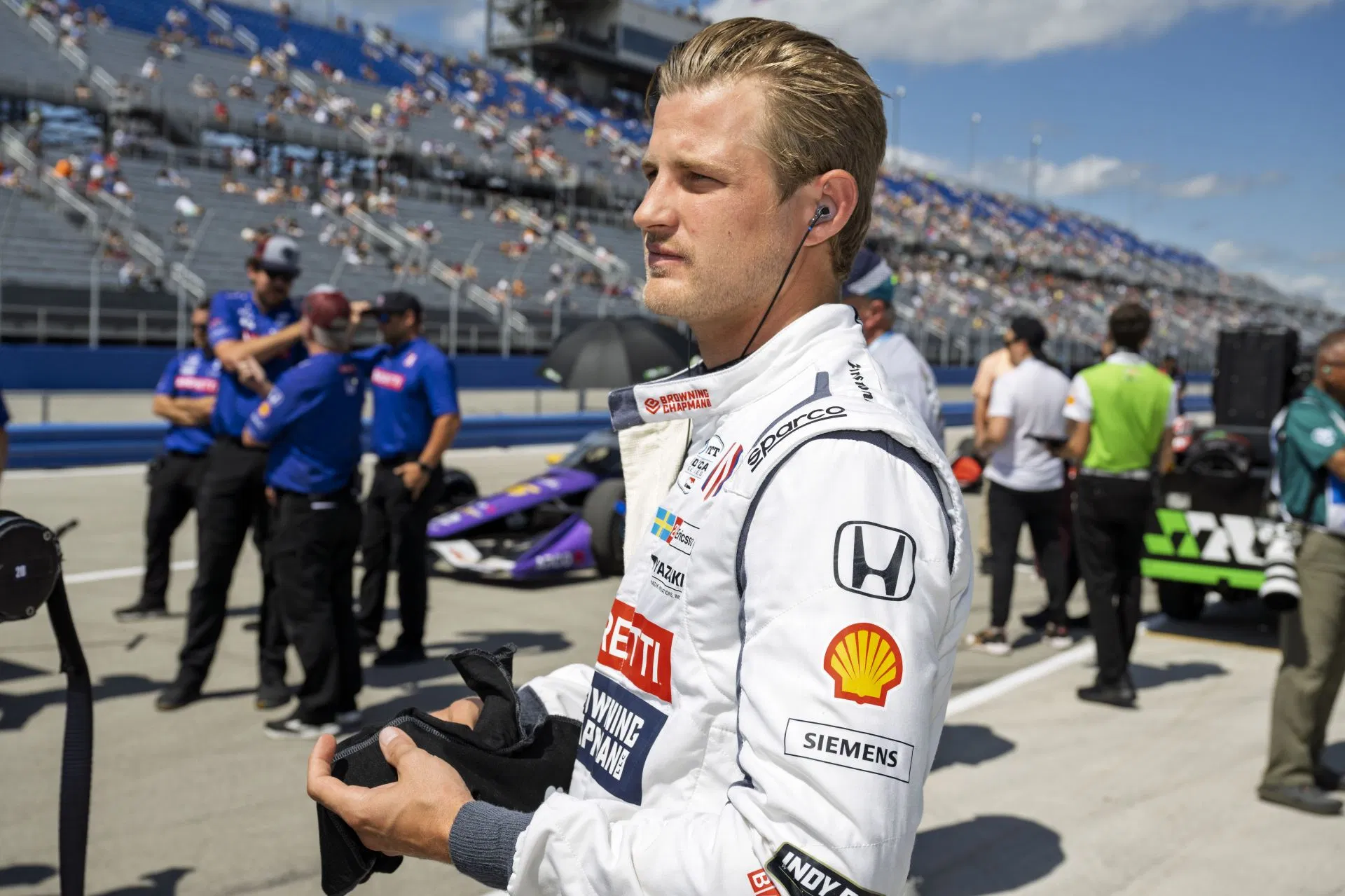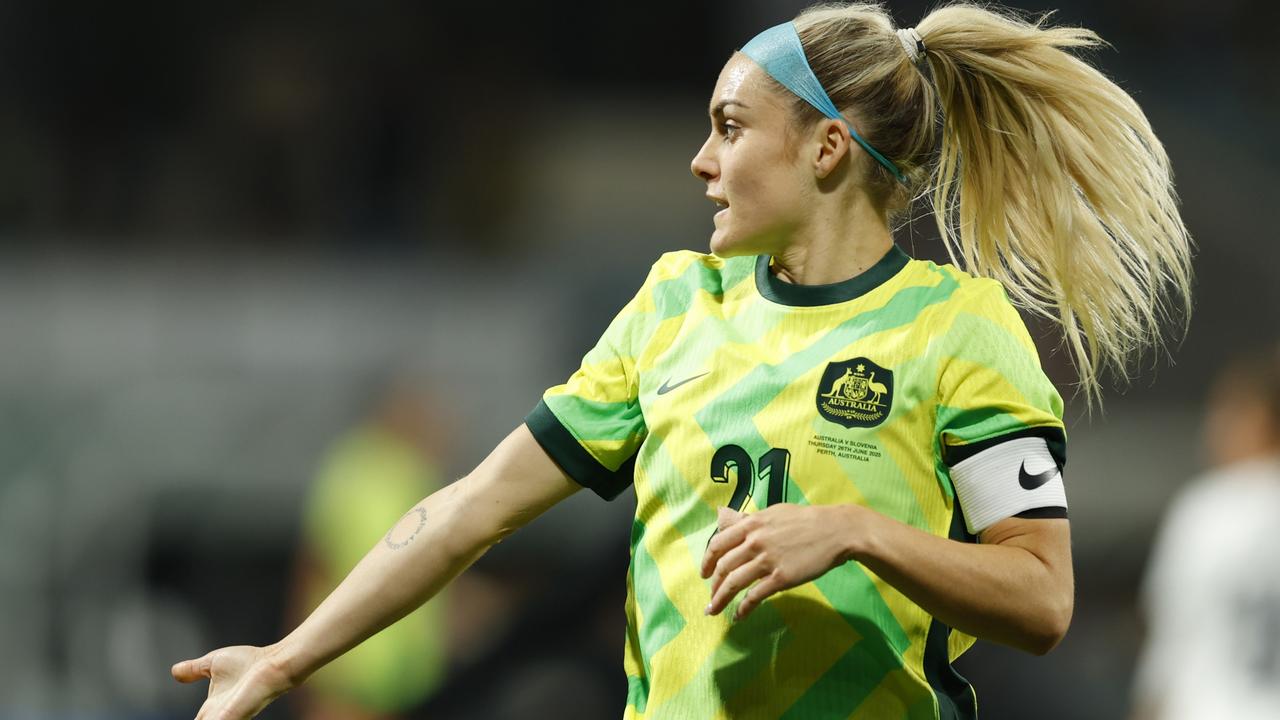Copyright sportskeeda

Indy 500 winner Marcus Ericsson has revealed that there was an absurd and 'unhealthy' weight clause in his Sauber F1 contract. The Swedish driver raced in F1 from 2014 to 2018 before moving to America to race in IndyCar.His rookie year was spent with the now-defunct Caterham F1 team, after which he raced for four years with Sauber. The German team wasn't any better than a midfield team on its best day, and Ericsson had to settle for non-points finishes in most races, which eventually directed him towards IndyCar. In a recent confession in his book Trackside, Marcus Ericsson revealed the extreme lengths he had to go to avoid gaining weight, which could eventually cost him and the team precious tenths on track. He drove without any drink in the cockpit and also had a weight clause in his Sauber contract, which, if not met, would give the team grounds to fire him with immediate effect."I kept myself under, but it wasn't easy," Ericsson wrote (as quoted by Expressen). "It almost becomes mania, you almost have to starve yourself when you're going to perform at the top level. It was something that I and several other of the taller drivers pointed out several times that this is not a healthy environment for anyone to be in this way."The taller drivers were at a disadvantage back then because of their additional weight, which would make the car slower. At the pinnacle of motorsport, every tenth and hundredth of a second counts.The shorter drivers had to add ballast to the car to level the playing ground. But they would just add the ballast to those parts of the car that helped them improve the balance. The rule was changed in 2019, a year after Marcus Ericsson left to race with Schmidt Peterson Motorsports (now Arrow McLaren) in IndyCar, mandating a minimum driver weight of 80 kgs (176 pounds), with the required ballast needed to be placed adjacent to the driver's seat.Marcus Ericsson reveals how F1 'took a toll on him mentally'Marcus Ericsson at the F1 Belgian Grand Prix - Previews - Source: GettyMarcus Ericsson's F1 career saw him take a best result of P8 on his debut with Sauber. Though his last year with the team in 2019 was his best, with six points-bearing results, the Swede couldn't fight for podiums or wins because Sauber was technically in no position to do so. Because F1 was and is essentially a manufacturer's championship, select teams would remain frontrunners throughout a season, while the midfield teams and backmarkers knew they would be fighting for lower points finishes or simply nothing for most races.Marcus Ericsson described the feeling of being in such a situation for months on end, years, in his case. Appearing on the Speed Street podcast earlier in February this year, the Andretti Global driver said:"It was tough. Like the first few years, you're so excited to be in F1, so you sort of don't really care so much. It was just super cool. But then after a few years, it's like, 'This is really tough, like I wanna win again. I wanna have the feeling to fight for wins, at least feel like I have the chance to do it. It's one thing to maybe not do it, but at least know in yourself that I can win if I do everything right. That was really hard to not even have that feeling."Ericsson explained how the team would have target brackets about where it expected to finish on a given race day, for example, P14 to P18."You always had like a bracket of positions where you knew you would be. So, that was tough and took a toll on me mentally for sure," he added.Everything changed when Marcus Ericsson arrived in IndyCar, which is more of a spec series than F1. With Chip Ganassi Racing, he earned four race wins in four seasons (2020 to 2023) and many more podiums.Unfortunately, since switching to Andretti Global in 2024, the 35-year-old has had torrid results, with a steep decline in 2025. Meanwhile, his teammates have been fighting for podiums and race wins. 2026 is the last year of Ericsson's contract with the team.



